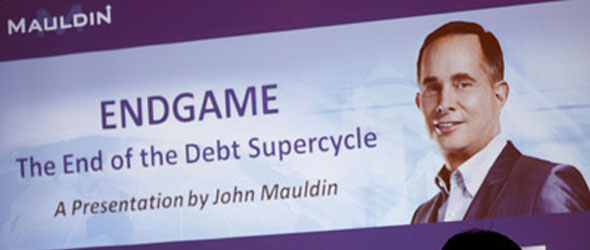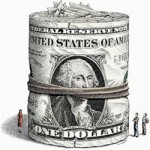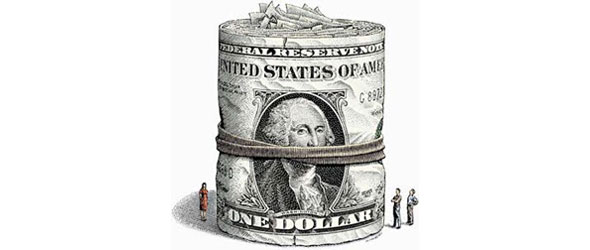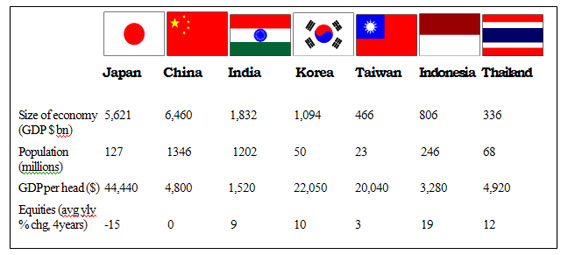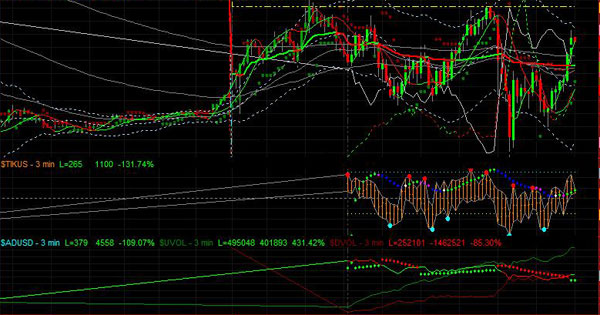Endgame, John Mauldin’s much-praised book on “the end of the debt supercycle and how it changes everything,” is an excellent backgrounder to the changed global environment in which we now have to invest.
The problem is debt. Too much of it. Debt “gets to the point where something has to give,” Mauldin says. The inference is that we’re close to a major crisis. And the markets may be ignoring the danger, just as they failed to anticipate the catastrophic First World War.
Commonly-quoted debt ratios such as 80, 100 or even 200 per cent of GDP seriously underestimate the scale of the problem because they ignore countries’ legal commitments to pay the huge future costs of pensions and medical care for ageing populations.
And the time left to do something about that, by raising retirement ages and reducing benefits, is running out because of the growing political power of the beneficiaries to resist such cuts. Within a decade the elderly will constitute more than half of all voters in Europe and North America.
Policymakers are deeply divided over what to do to deal with the problem of excessive debt.
“The Federal Reserve and central banks in general are currently attempting a major and highly experimental operation on the economic body, without benefit of anaesthesia,” Mauldin says.
They are “testing the theories of four dead white guys: Irving Fisher (representing the classical economists), John Keynes (the Keynesian school), Ludwig von Mises (the Austrian school) and Milton Friedman (the monetarist school).”
The crisis could still be a long way off. Martin Barnes of Canada’s highly-respected BCA consultancy, which originally developed the concept of a debt supercycle, says we’re nowhere near the end of it yet.
We’re not yet experiencing the global develeraging that produces another great depression, as the bubble of total debt continues to inflate, with government debt rising much faster than private-sector debt is falling.
Currently “governments can print money and borrow like crazy without provoking inflation because of slack in productive capacity created by the recession.”
We have the absurd current situation, where investors are prepared to pay governments to look after their money – negative interest rates in some cases, with negative real (inflation-adjusted) rates commonplace.
But that cannot last. At some stage, “you run out of suckers to buy government debt,” as Mauldin puts it.
Lots of nasty things are likely to happen, sooner or later:
- Defaults – and not just by deadbeat nations such as Greece. In the 1930s both the US and the UK took actions on their government bonds that penalized investors and amounted to defaults.
- Currency wars as countries seek to limit strengthening of exchange rates or even reduce them in “a race to the bottom.” Latest example: the Swiss central bank’s announcement it would “print” an unlimited amount of francs to cap its exchange rate relative to the euro.
- “Financial oppression” – governments “will use a variety of means to force investors to buy government bonds” and seek to reduce the value of their liabilities through inflation.
CopyRight – OnTarget 2012 by Martin Spring
continued – How to invest for deflation, then inflation
